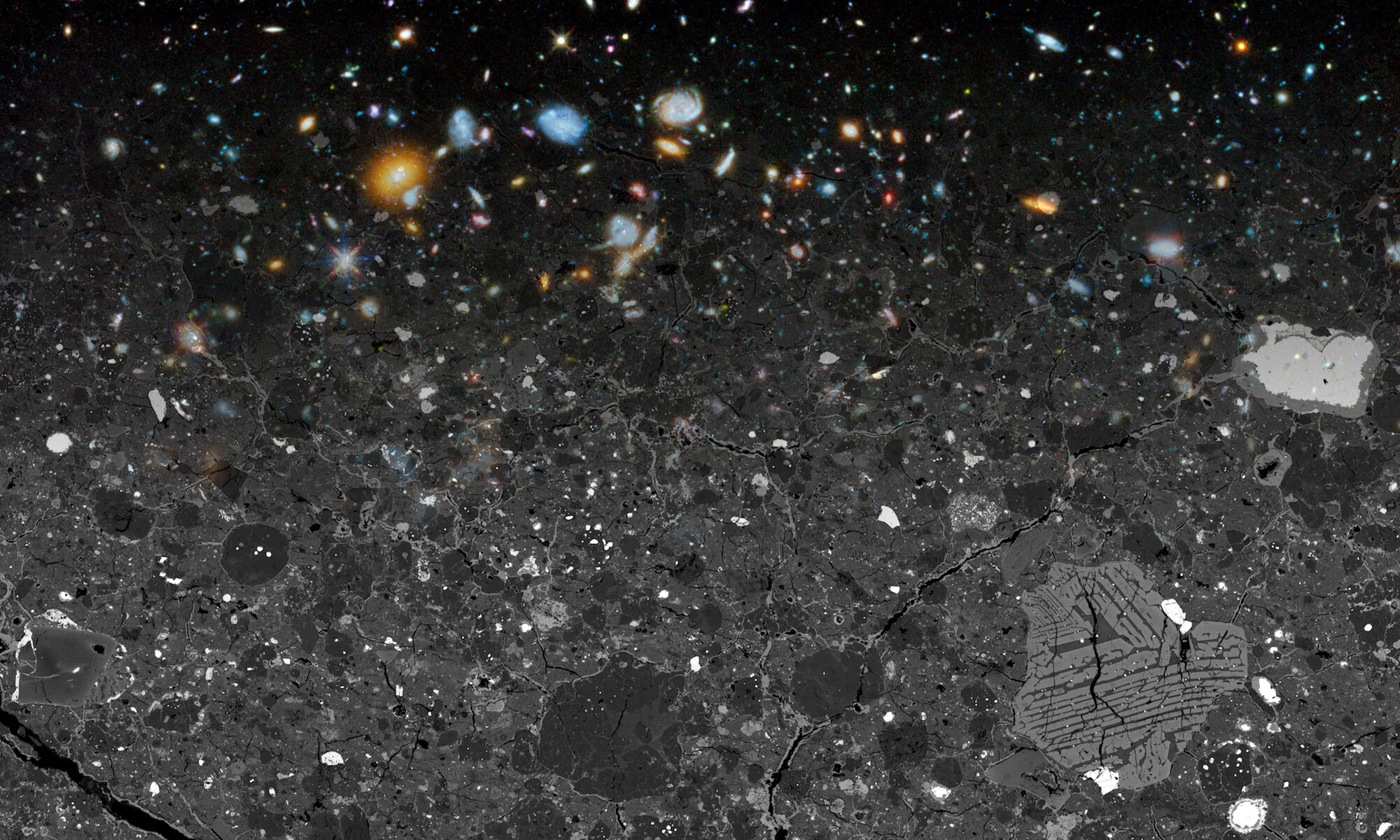The Laboratory for Space Sciences houses optical microscopes, clean benches, polishing and sawing equipment, balances, ovens, an ultrasonic cleaner, evaporators, microbalances, a clean room, micromanipulators, and an ultramicrotome.
The Laboratory for Space Sciences is equipped with state-of-the-art analytical instruments for the preparation and characterization (elemental, isotopic, and structural) of materials at the micrometer to nanometer scale. Instrument user fees are listed here.
NanoSIMS 50
Our NanoSIMS 50, the first one produced by CAMECA, was designed specifically for the presolar grain research that we do. This new type of ion microprobe offers a lateral resolution of better than 100 nanometers, high sensitivity and multi-collection capability. In May 2018, we installed a Hyperion 201 RF plasma ion source that will allow us to measure secondary positive ions with a beam size of 50-100 nm.
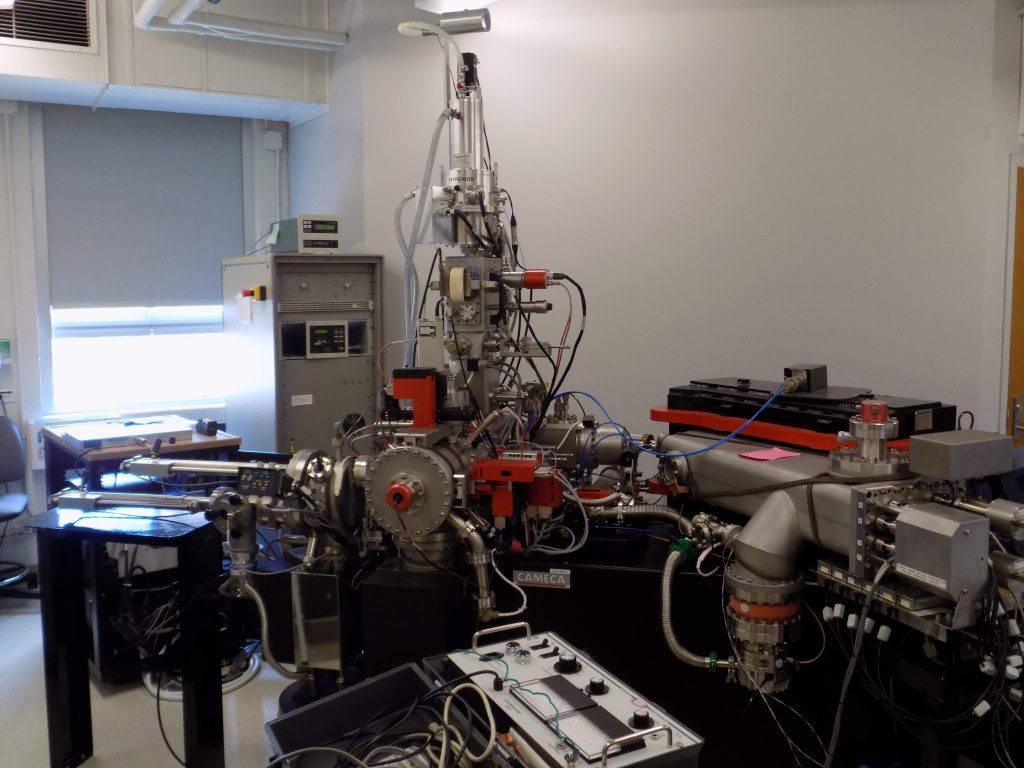
Auger Nanoprobe
Our PHI 700 Auger Nanoprobe operates with a field emission electron source and can be operated as a field emission scanning electron microscope (FE-SEM). In addition, qualitative and quantitative analyses (for all elements except H and He) can be carried out with a spatial resolution on the order of tens of nanometers, making it an ideal complement to the NanoSIMS. For more information about the Auger Nanoprobe, visit our Auger Nanoprobe home page.
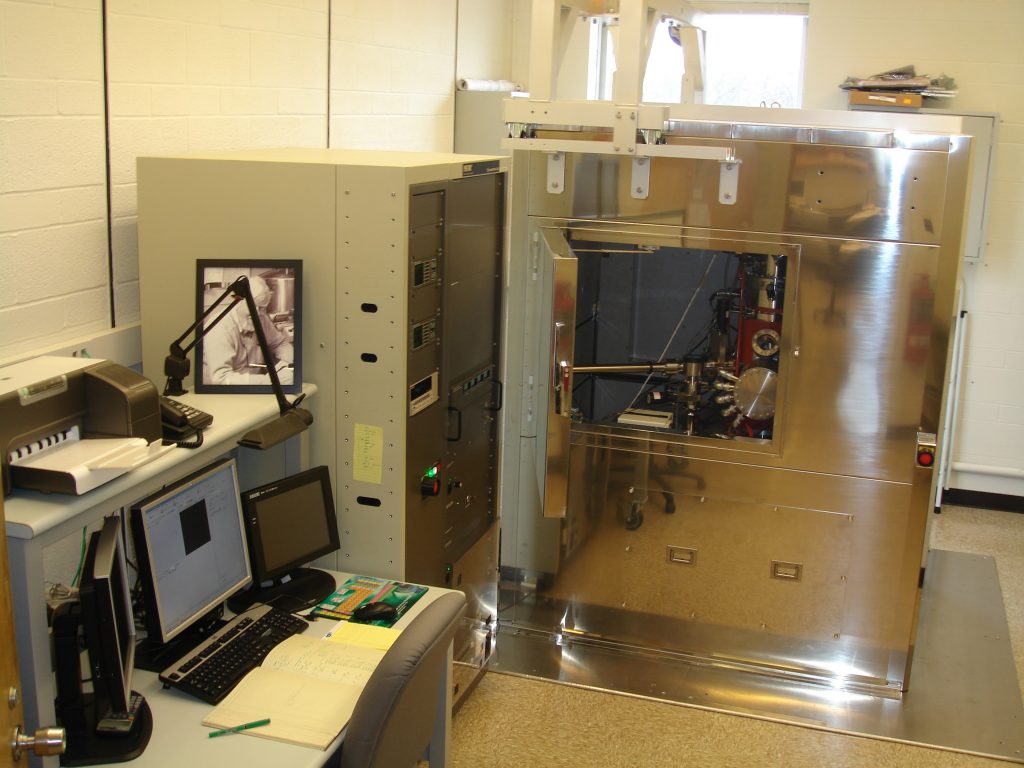
Field-Emission Scanning Electron Microscope
Our Tescan Mira3 FEG-SEM is a state-of-the-art scanning electron microscope that features a high-brightness Schottky emitter, wide-field optics for a large field-of-view, EDAX EDX system for X-ray analysis, integrated STEM detector, ImageSnapper software that automatically collects multiple SE or BSE images while adjusting focus, contrast, and brightness. Its open software platform allows for complete and customized control of the microscope through Python scripting.
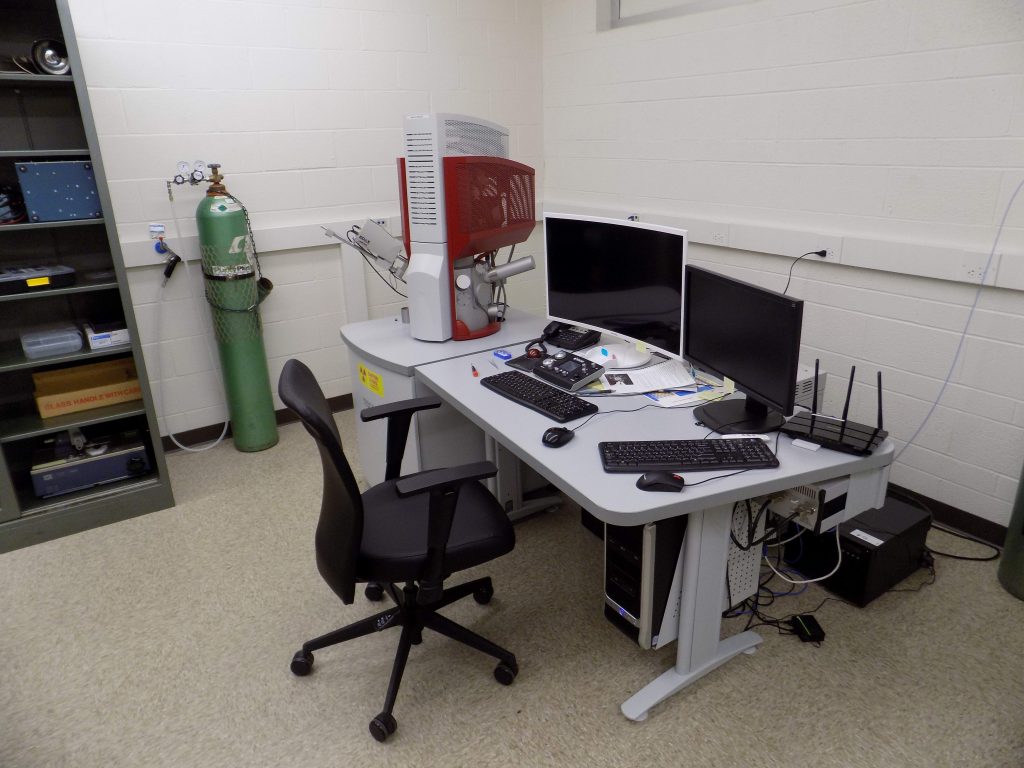
Focused Ion Beam Instrument
- Our focused ion beam (FIB) instrument extends the reach of our studies into the submicron realm. Our instrument is a FEI 3D FEG Dual Beam (electron beam and gallium ion beam) FIB with an in situ Omniprobe manipulator. The FIB allows us to image and manipulate submicron presolar grains as well as to cut and extract sections sufficiently thin for transmission electron microscopy (TEM).
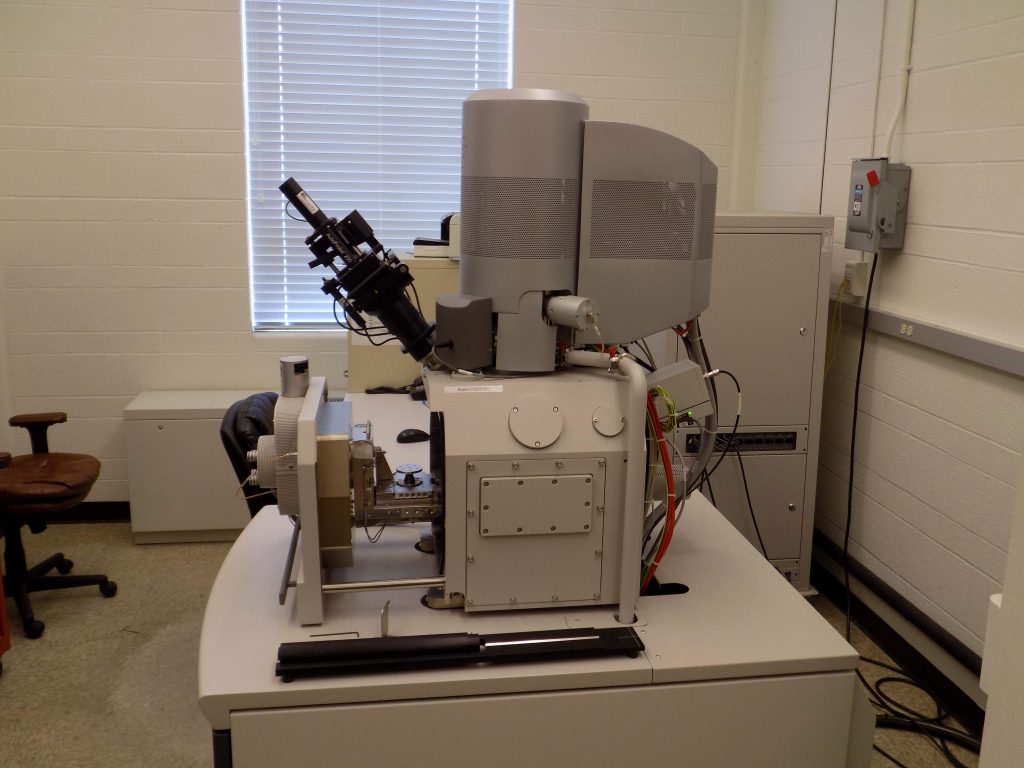
Noble Gas Laboratory
The noble gas laboratory consists of two Super Gnomes, made in our own shop, which define state-of-the-art noble gas mass spectrometry. These combine ion-counting detection with an ion optic design to maximize sensitivity, and are capable of measuring a few thousand atoms. Coupled to these instruments are two lasers for sample extraction, a 100 watt Nd-YAG and a short pulse UV laser, which are used for noble gas measurements of individual grains of less than a microgram. A computer-controlled x-y stage allows in situ noble gas measurements and the recovery of noble gases from collector material exposed to the sun during the Genesis solar wind mission.
